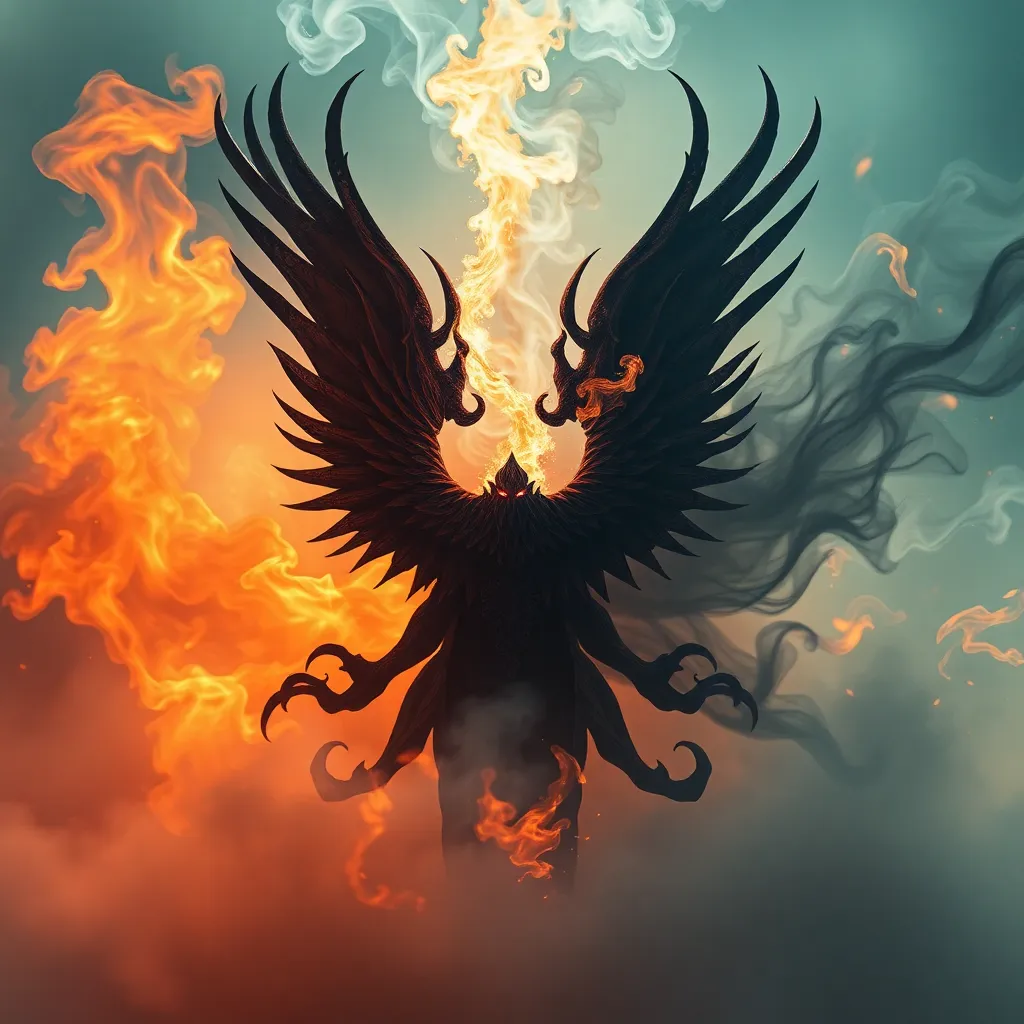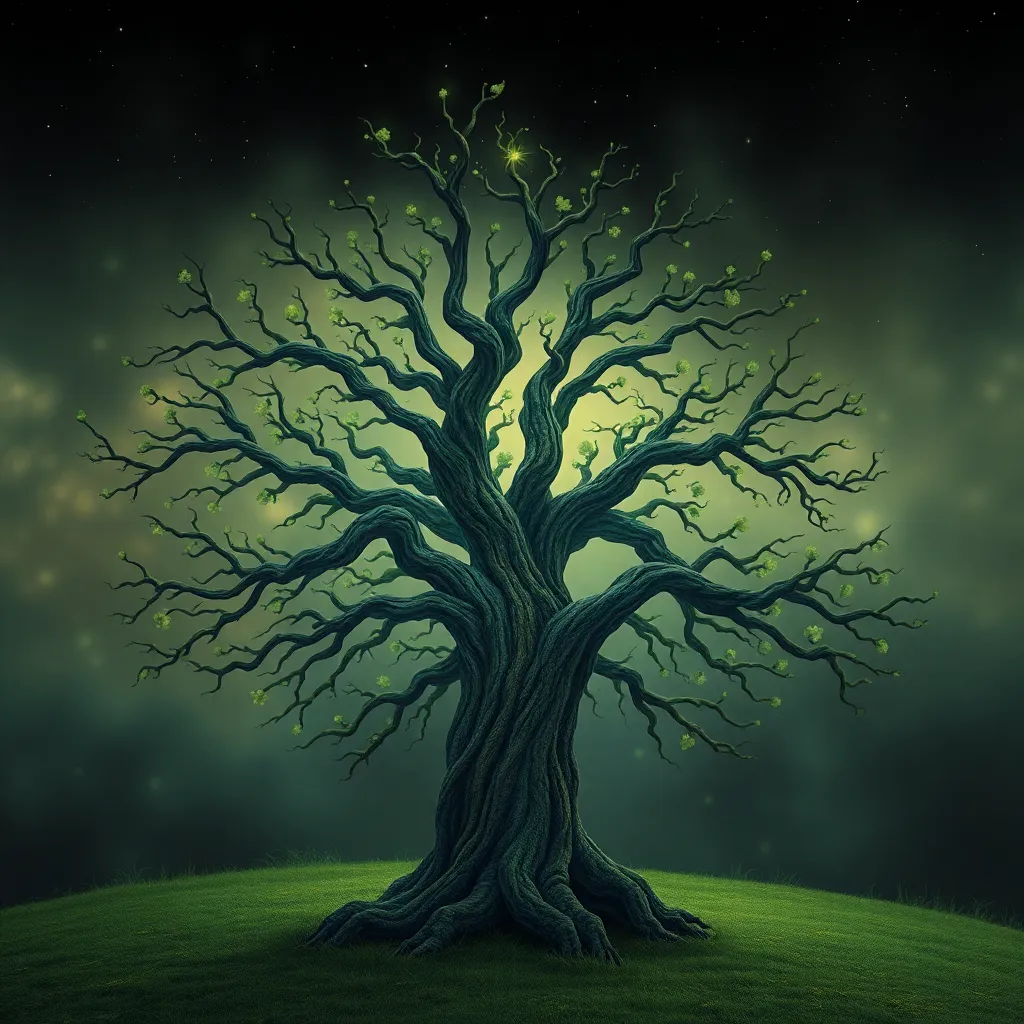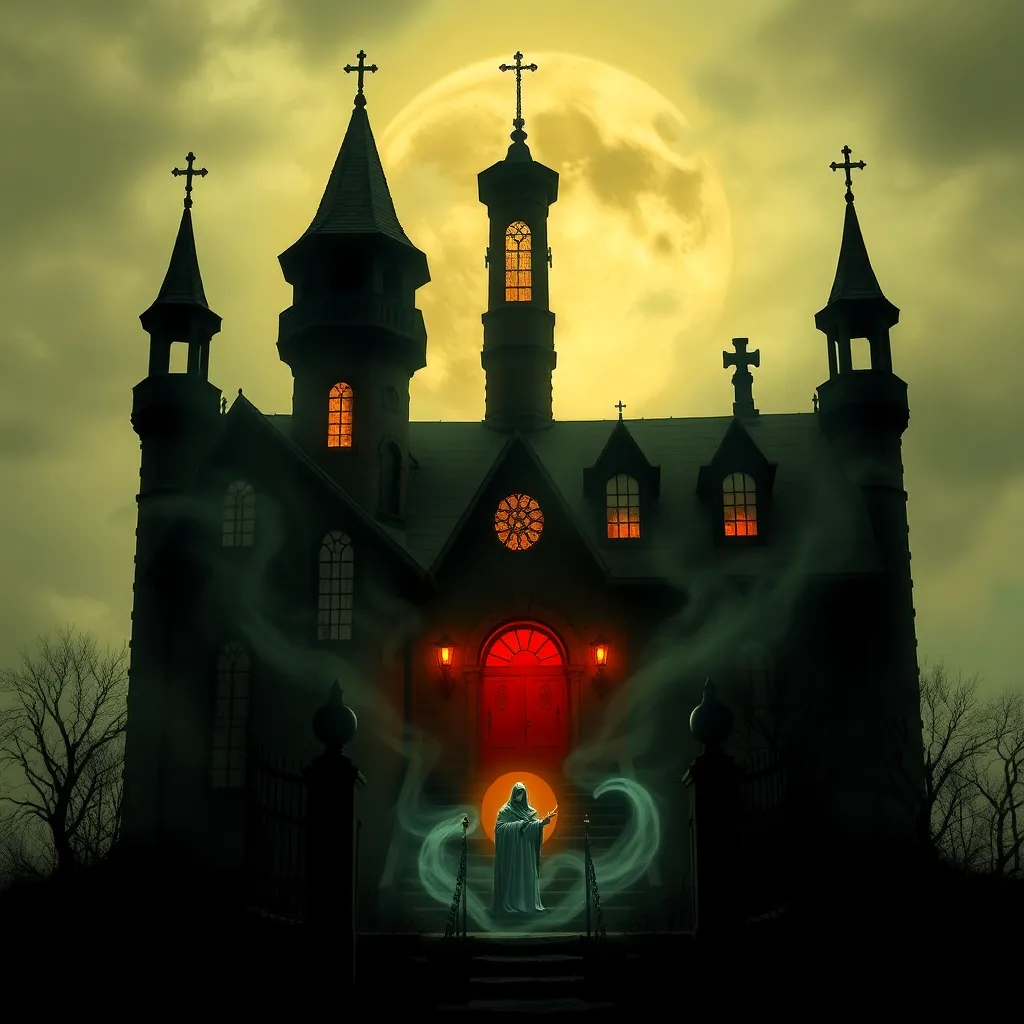The Ifrit and the Elements: Exploring their Connection to Fire, Smoke, and Wind
I. Introduction
The Ifrit, a captivating figure in mythology, is often portrayed as a powerful spirit associated with fire. Originating from Arabian folklore, the Ifrit is characterized by its formidable nature and its ability to manipulate flames. In addition to its fiery associations, the Ifrit is also linked to the elements of smoke and wind, creating a triad of elemental forces that define its essence.
This article aims to delve into the connections between the Ifrit and these elements, exploring how they interrelate and contribute to the understanding of this mythological being. By examining the historical origins of the Ifrit, its elemental characteristics, and its representations in modern culture, we can gain insight into the significance of the Ifrit in both ancient and contemporary contexts.
II. The Mythological Origins of the Ifrit
The Ifrit has its roots in Arabian folklore, where it is often depicted as a powerful and malevolent entity. Historical accounts describe the Ifrit as a type of jinn, supernatural beings made from smokeless fire, according to Islamic tradition. The Ifrit is frequently portrayed as a creature of great strength and cunning, capable of both aiding and hindering humans.
In Islamic texts, the Ifrit appears in various narratives, most notably in the tale of King Solomon, where it is summoned to perform tasks. This highlights the Ifrit’s dual nature as both a servant and a threat. Comparatively, similar elemental beings can be found in global mythology, such as the Djinn in Arabic stories or the fire spirits in various cultures around the world.
III. The Element of Fire: The Heart of the Ifrit
At the core of the Ifrit’s identity is its association with fire. As a fire spirit, the Ifrit embodies the characteristics of flames: fierce, unpredictable, and transformative. Fire serves as a powerful symbol across cultures, representing:
- Destruction and chaos
- Purification and renewal
- Passion and creativity
In many stories, the Ifrit acts as a bringer of destruction, unleashing fiery wrath upon those who provoke it. However, it is also a symbol of transformation, illustrating how fire can lead to new beginnings following devastation. This duality of fire resonates deeply within the tales of the Ifrit, making it a compelling figure in mythology.
IV. The Role of Smoke: A Veil of Mystery
Smoke, often regarded as a byproduct of fire, carries its own significance in relation to the Ifrit. It represents the unseen and the ethereal, shrouding the Ifrit in an aura of mystery. Smoke can symbolize:
- The transient nature of existence
- The obscuring of truth
- Transformation, as it is created through combustion
In the context of the Ifrit, smoke serves as a metaphor for its elusive and unpredictable nature. Just as smoke can obscure vision, the Ifrit embodies the idea of hidden dangers lurking beneath the surface. This enigmatic quality adds depth to the Ifrit’s character, allowing for various interpretations of its influence within stories.
V. Wind: The Breath of the Ifrit
The element of wind is intrinsically connected to the Ifrit, representing the movement and change that accompanies its fiery nature. Wind is often seen as a force of transition, signifying:
- Change and transformation
- Power and potential
- Nurturing forces that can also be destructive
In Ifrit lore, wind embodies the dual nature of the spirit. While it can nurture life and foster growth, it can also bring destruction through storms and tempests. This interplay between nurturing and destructive forces mirrors the complexities of the Ifrit itself, illustrating how it can serve as both a protector and a harbinger of chaos.
VI. Interactions Between Fire, Smoke, and Wind
The relationship between fire, smoke, and wind is dynamic and multifaceted. Together, these elements represent the interplay of energy and transformation. The Ifrit embodies this connection, as it harnesses the power of fire while simultaneously producing smoke and being influenced by the winds. This triad can be observed in various folklore and literature, where:
- The Ifrit’s flames are often depicted as swirling and dancing, carried by the wind.
- Smoke is portrayed as a precursor to the Ifrit’s appearances, signaling its arrival.
- The balance between the elements showcases the delicate nature of power and control.
In stories, the Ifrit’s mastery over these elements serves as a reminder of the forces of nature and their interconnectedness, emphasizing the need for respect and understanding of elemental powers.
VII. Modern Interpretations of the Ifrit and Elements
In contemporary media, the Ifrit has found new life in literature, film, and video games. Its elemental connections are often explored in creative ways, allowing for fresh interpretations of this mythological figure. Examples include:
- Literature that reimagines the Ifrit’s role in modern fantasy worlds.
- Films depicting the Ifrit as a central character with elemental powers.
- Video games that incorporate Ifrit as a summon or elemental spirit.
The cultural significance of the Ifrit continues to evolve, reflecting societal beliefs and values. Artistic expressions often highlight the complex nature of the Ifrit, emphasizing themes of power, mystery, and transformation.
VIII. Conclusion
In summary, the Ifrit’s connection to fire, smoke, and wind reveals a rich tapestry of elemental relationships that define its mythological identity. Each element contributes to a deeper understanding of the Ifrit, showcasing its dual nature as a force of destruction and creation. The enduring legacy of the Ifrit in storytelling serves as a testament to the importance of elemental beings in mythology and culture, reminding us of the intricate connections between humanity and the natural world.
As we reflect on the Ifrit and its elemental associations, we recognize the timeless relevance of these figures in contemporary narratives. They invite us to explore the complexities of existence and the powerful forces that shape our lives.



